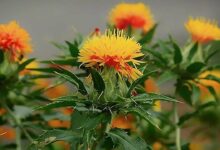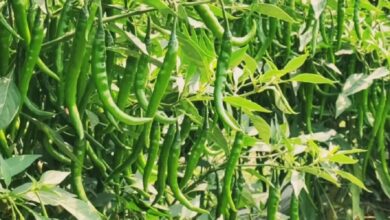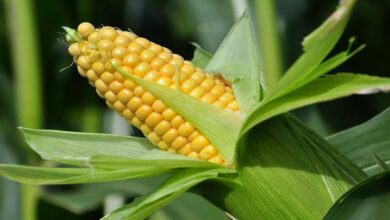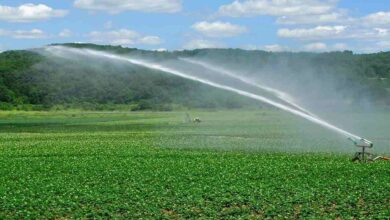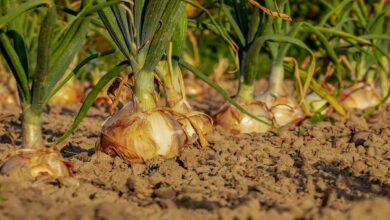Adopt natural methods to keep the crop free from diseases and increase the fertility of the soil
Farming Tips: Hard effort is not the only factor that determines agricultural success; using the proper methods and organic resources is also crucial. Trichoderma harzianum, often known as viride, may revolutionize your farming if you want to give your fruit and vegetable production a strong start. In addition to protecting the seeds and plants, this helpful fungus strengthens the soil’s defenses against dangerous microorganisms. This improves the health, resistance to disease, and productivity of your crop.
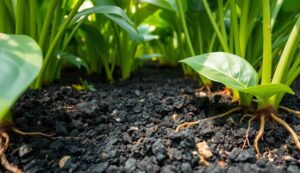
Superior seed protection and robust seed growth
Any crop’s seeds are the first step toward its success. Trichoderma seed treatment is a useful method for crop protection and production enhancement. The detrimental fungus on the seeds is eliminated by seed treatment, while Trichoderma’s symbiotic qualities strengthen the plant’s roots.
Seed treatment technique
* Combine the proper amount of Trichoderma powder (5–10 grams per kilogram of seeds) with water.
* Let the seeds soak for half an hour in this solution.
* Prepare the seeds for quick planting by drying them in the shade.
* This procedure speeds up the plant’s early development and raises the germination rate.
Resistance to soil-borne dangers
Crops may be seriously threatened by harmful bacteria and fungus that are already present in the soil. Trichoderma treatment on soil successfully reduces these risks.
Technique for treating dirt
- Apply 50 kg of well-rotted cow dung manure and 1 kg of Trichoderma powder to the field at a pace of one acre per acre.
- Before planting, thoroughly mix it with the field soil.
- By eliminating dangerous microorganisms from the soil, this helpful fungus improves the conditions for plant roots.
Become successful in the field
The crop will develop vigorously when the soil and seed are both in good condition. Trichoderma has a symbiotic interaction with the roots of plants to aid in better nutrient absorption. As a result, plants develop more quickly, become more immune, and are more resistant to drought and other unfavorable circumstances.
Principal Advantages of Trichoderma
- Enhances disease resistance: It shields the crop from fungal diseases such as leaf spots, stem rot, damping off, and root rot.
- aids in the development of plants by fortifying their roots and improving their capacity to absorb nutrients.
- Eco-friendly organic solution: By using organic solutions rather than chemicals, you can keep your soil healthy.
- Boosts soil fertility: By boosting the quantity of helpful microorganisms in the soil, it encourages biological activity.
Trichoderma’s use in important vegetable crops
- help shield crops like cauliflower, cabbage, tomatoes, brinjal, and chilies against soil-borne illnesses.
- to improve the disease resistance and root strength of vine crops such as bitter gourd, ridge gourd, bottle gourd, and cucumber.
- for the robust development of leafy crops such as methi, fenugreek, spinach, and coriander.
